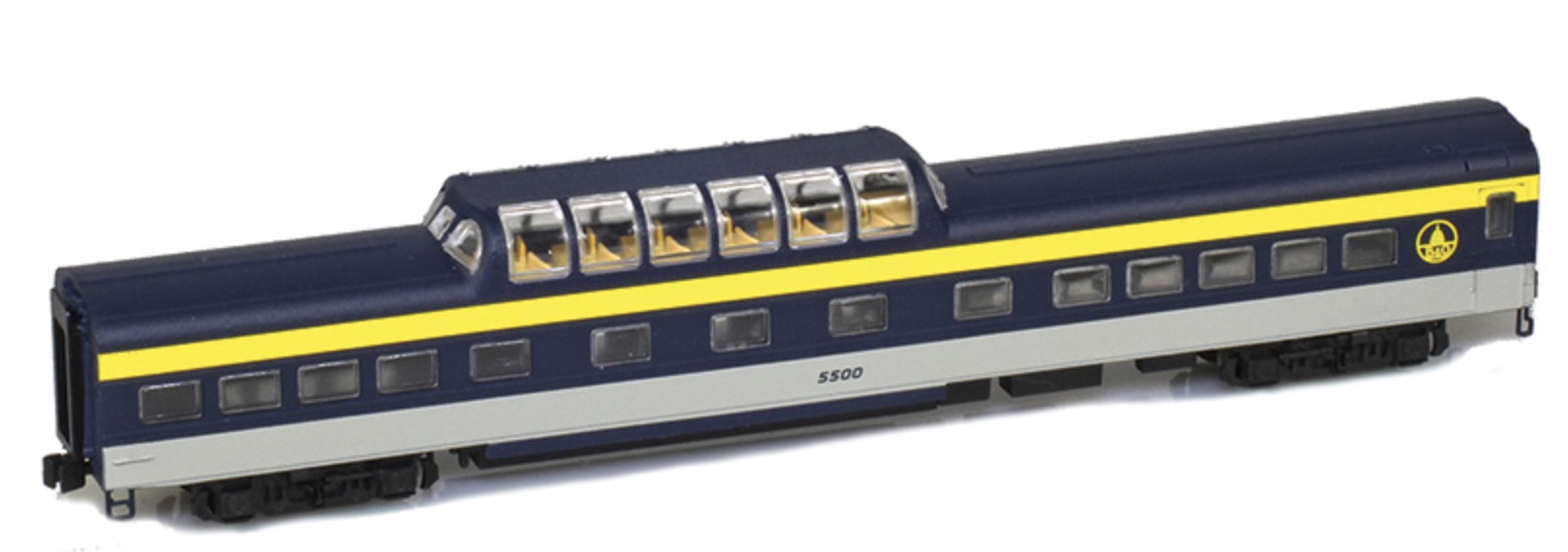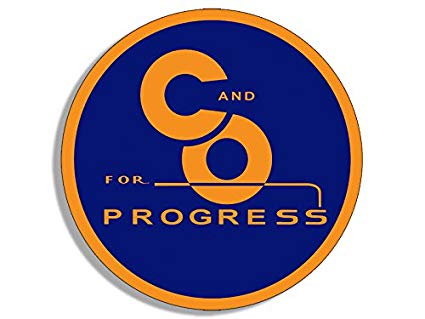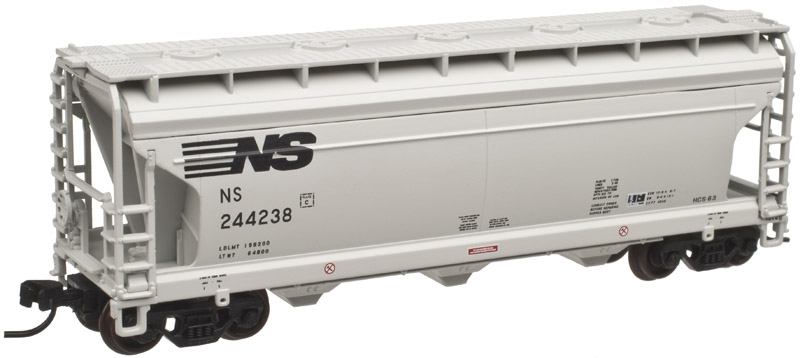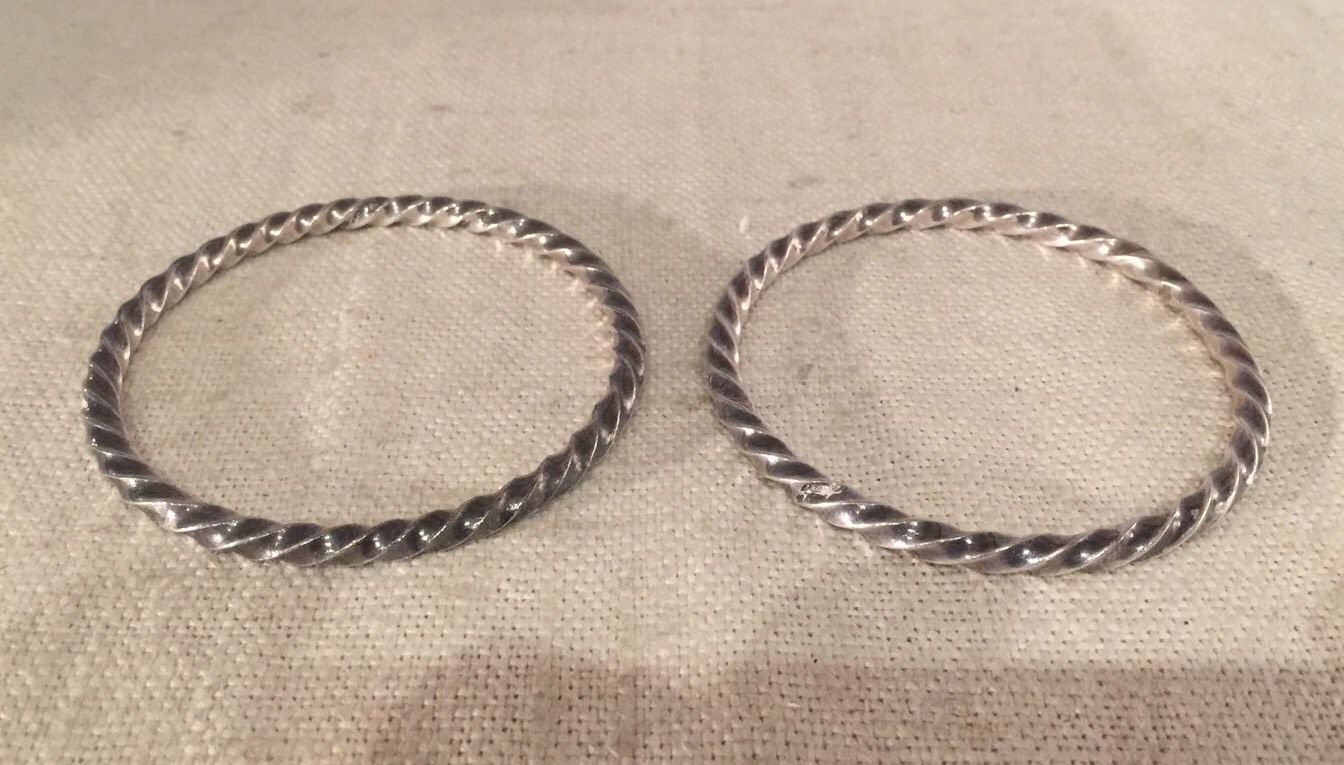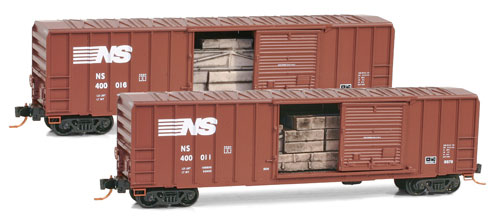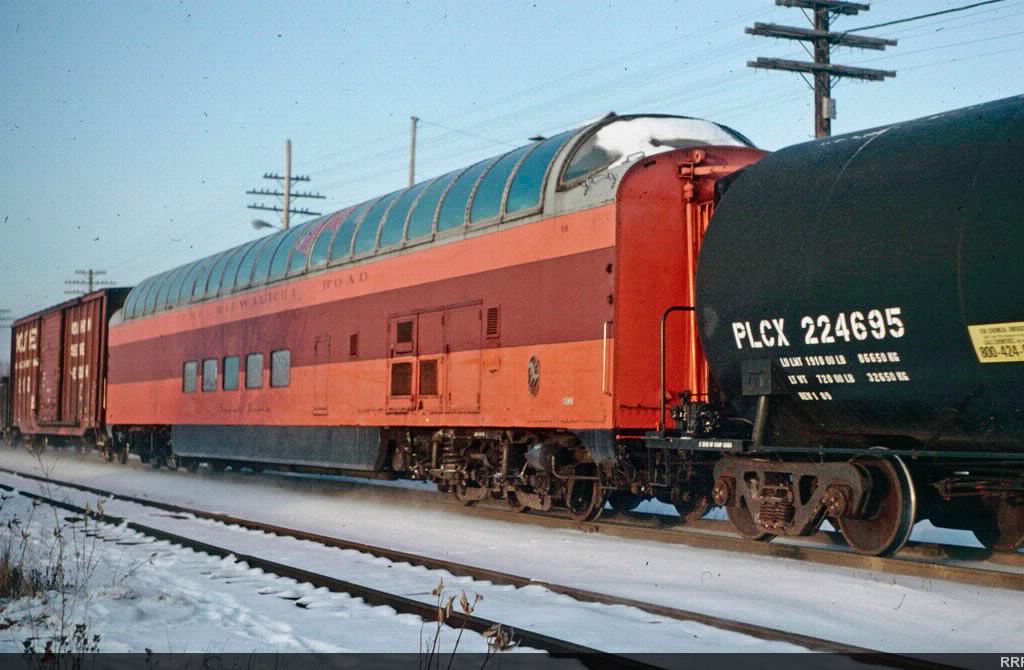Prototype History: The Super Dome was a Dome car built by Pullman-Standard for the Chicago, Milwaukee, St. Paul and Pacific Railroad ("Milwaukee Road") in 1952. The ten Super Domes were the first full-length dome cars in revenue service, first operating on the Olympian Hiawatha and Twin Cities Hiawatha in late 1952. Although a mixed blessing in passenger use, the cars garnered much publicity for the Milwaukee Road and several remain in operation.
The Milwaukee Road began taking delivery of the Super Domes in late 1952. They were numbered #50-#59. The name was chosen via an employee naming contest; rejected suggestions included Master Dome, Ultra Dome, and Panorama Dome. The domes were used on the daytime Twin Cities Hiawatha and the transcontinental Olympian Hiawatha. The Super Domes were the first and only cars on a daytime Hiawatha train built by a third party; all other Hiawatha equipment (such as the distinctive Beaver Tail and Skytop lounges) were built by the Milwaukee Road in its own shops.
The Super Domes were not a complete success in Milwaukee Road service. The heavy cars gave a rough ride, and the seats in the dome area gave an inferior view because they lay too low compared to the dome's supporting bulkheads. Still, the fame of having the first full-length dome car was good publicity for the railroad. After the discontinuance of the Olympian Hiawatha in 1961 Super Domes were seen on some of the services the Milwaukee Road operated with the Union Pacific, including the City of Denver. In 1964 the Milwaukee Road sold six of the domes to the Canadian National Railway, along with the sleeper-lounge Skytop Lounges. The remaining four domes continued on the Twin Cities Hiawatha.
These cars were run with Milwaukee Road, MILW/UP, Amtrak Phase I, CN, VIA, and NCDOT paint schemes.
The Milwaukee Road began taking delivery of the Super Domes in late 1952. They were numbered #50-#59. The name was chosen via an employee naming contest; rejected suggestions included Master Dome, Ultra Dome, and Panorama Dome. The domes were used on the daytime Twin Cities Hiawatha and the transcontinental Olympian Hiawatha. The Super Domes were the first and only cars on a daytime Hiawatha train built by a third party; all other Hiawatha equipment (such as the distinctive Beaver Tail and Skytop lounges) were built by the Milwaukee Road in its own shops.
The Super Domes were not a complete success in Milwaukee Road service. The heavy cars gave a rough ride, and the seats in the dome area gave an inferior view because they lay too low compared to the dome's supporting bulkheads. Still, the fame of having the first full-length dome car was good publicity for the railroad. After the discontinuance of the Olympian Hiawatha in 1961 Super Domes were seen on some of the services the Milwaukee Road operated with the Union Pacific, including the City of Denver. In 1964 the Milwaukee Road sold six of the domes to the Canadian National Railway, along with the sleeper-lounge Skytop Lounges. The remaining four domes continued on the Twin Cities Hiawatha.
These cars were run with Milwaukee Road, MILW/UP, Amtrak Phase I, CN, VIA, and NCDOT paint schemes.
Road Name History: The Chesapeake and Ohio Railway (reporting marks C&O, CO) was a Class I railroad formed in 1869 in Virginia from several smaller Virginia railroads begun in the 19th century. Led by industrialist Collis P. Huntington, it reached from Virginia's capital city of Richmond to the Ohio River by 1873, where the railroad town (and later city) of Huntington, West Virginia was named for him.
Tapping the coal reserves of West Virginia, the C&O's Peninsula Extension to new coal piers on the harbor of Hampton Roads resulted in the creation of the new City of Newport News. Coal revenues also led the forging of a rail link to the Midwest, eventually reaching Columbus, Cincinnati and Toledo in Ohio and Chicago, Illinois.
By the early 1960s the C&O was headquartered in Cleveland, Ohio, USA. In 1972, under the leadership of Cyrus Eaton, it became part of the Chessie System, along with the Baltimore and Ohio and Western Maryland Railway. The Chessie System was later combined with the Seaboard Coast Line and Louisville and Nashville, both the primary components of the Family Lines System, to become a key portion of CSX Transportation (CSXT) in the 1980s. A substantial portion of Conrail was added in 1999.
C&O's passenger services ended in 1971 with the formation of Amtrak. Today Amtrak's tri-weekly Cardinal passenger train follows the historic and scenic route of the C&O through the New River Gorge in one of the more rugged sections of the Mountain State. The rails of the former C&O also continue to transport intermodal and freight traffic, as well as West Virginia bituminous coal east to Hampton Roads and west to the Great Lakes as part of CSXT, a Fortune 500 company which was one of seven Class I railroads operating in North America at the beginning of the 21st century.
At the end of 1970 C&O operated 5067 miles of road on 10219 miles of track, not including WM or B&O and its subsidiaries.
Read more on Wikipedia.
Tapping the coal reserves of West Virginia, the C&O's Peninsula Extension to new coal piers on the harbor of Hampton Roads resulted in the creation of the new City of Newport News. Coal revenues also led the forging of a rail link to the Midwest, eventually reaching Columbus, Cincinnati and Toledo in Ohio and Chicago, Illinois.
By the early 1960s the C&O was headquartered in Cleveland, Ohio, USA. In 1972, under the leadership of Cyrus Eaton, it became part of the Chessie System, along with the Baltimore and Ohio and Western Maryland Railway. The Chessie System was later combined with the Seaboard Coast Line and Louisville and Nashville, both the primary components of the Family Lines System, to become a key portion of CSX Transportation (CSXT) in the 1980s. A substantial portion of Conrail was added in 1999.
C&O's passenger services ended in 1971 with the formation of Amtrak. Today Amtrak's tri-weekly Cardinal passenger train follows the historic and scenic route of the C&O through the New River Gorge in one of the more rugged sections of the Mountain State. The rails of the former C&O also continue to transport intermodal and freight traffic, as well as West Virginia bituminous coal east to Hampton Roads and west to the Great Lakes as part of CSXT, a Fortune 500 company which was one of seven Class I railroads operating in North America at the beginning of the 21st century.
At the end of 1970 C&O operated 5067 miles of road on 10219 miles of track, not including WM or B&O and its subsidiaries.
Read more on Wikipedia.
Brand/Importer Information: 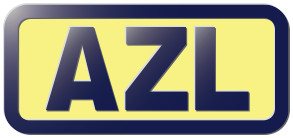 AZL is the leader in North American Z scale locomotives and rolling stock. Since 2000, AZL has released a vast variety of freight, passenger and locomotives. AZL continues to push the boundaries of Z scale with amazing details and incredible performance. No matter if you are looking to run steam, or the most modern diesels, AZL has something for you.
AZL is the leader in North American Z scale locomotives and rolling stock. Since 2000, AZL has released a vast variety of freight, passenger and locomotives. AZL continues to push the boundaries of Z scale with amazing details and incredible performance. No matter if you are looking to run steam, or the most modern diesels, AZL has something for you.

Item created by: CNW400 on 2021-07-14 12:25:15. Last edited by CNW400 on 2021-07-14 12:25:16
If you see errors or missing data in this entry, please feel free to log in and edit it. Anyone with a Gmail account can log in instantly.
If you see errors or missing data in this entry, please feel free to log in and edit it. Anyone with a Gmail account can log in instantly.


